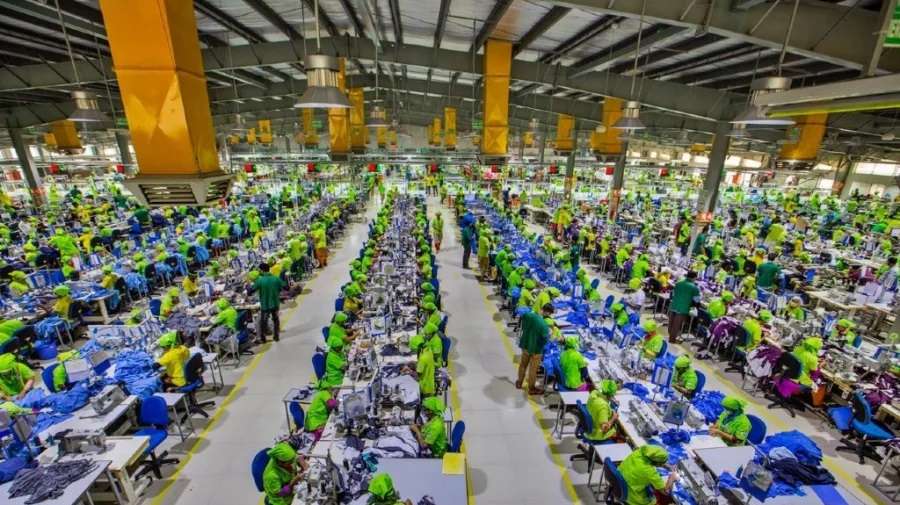Fashion houses of repute have long been experimenting with 3-D-printed show pieces for the runway. But the University of Hertfordshire in England has now created a collection of wearable garments using the technique.
“We wanted to do something with 3-D printing with clothing or garments that are wearable rather than these flashy showpieces that one couldn’t really wear,” said Shaun Borstrock, Associate Dean and Head of the Digital Hack Lab at the university. “It’s a kind of collaboration between traditional dressmaking technique and technology, hence 3-D printing.”
Borstrock headed the project, working alongside the university’s Modeclix team and the 3-D specialist Mark Bloomfield. They used an EOS Formiga printer to create eight dresses and two headpieces, which can all be customized to any shape or size and made in a range of colors. The silhouette and size can also be adjusted after printing.
“We’re right at the edge with what we can do with the technology,” said Bloomfield. Printing also allows us to experiment with color and patterns. We’ve done some based on checks and we’re also looking at how we can take images and translate photographs into actual printed materials that we can work with.”
The duo used selective laser sintering, a process that uses a white nylon powder that’s bonded layer by layer. The production time for a garment varies depending on the complexity of the design. Dresses can take approximately 62 hours to create. Printed items are then cleaned and hand-dyed with each garment designed with dressmaking methods, linking panels together. The line will be available to view online on the university’s website.
Bloomfield added: “If you have a hole, you can catch the link and we can replace it. You don’t have to throw the whole garment away. We can also use those links again. We can change the shape of the garment you bought. If weight is an issue and your weight fluctuates, it could be something where we can add in a panel to make it larger, or take it away to make it fit you when you lose weight. So you don’t have to throw the whole thing away and start anew.”
In terms of production, Borstrock noted that 3-D printing is efficient. “If you’re in New York and you wanted a top or a skirt, we could send the file to New York and it could be assembled by somebody there,” said Borstrock. You don’t have to be a user of the software or understand the printing process to put the garment together, that’s what is amazing about it. Anybody can do it.”












